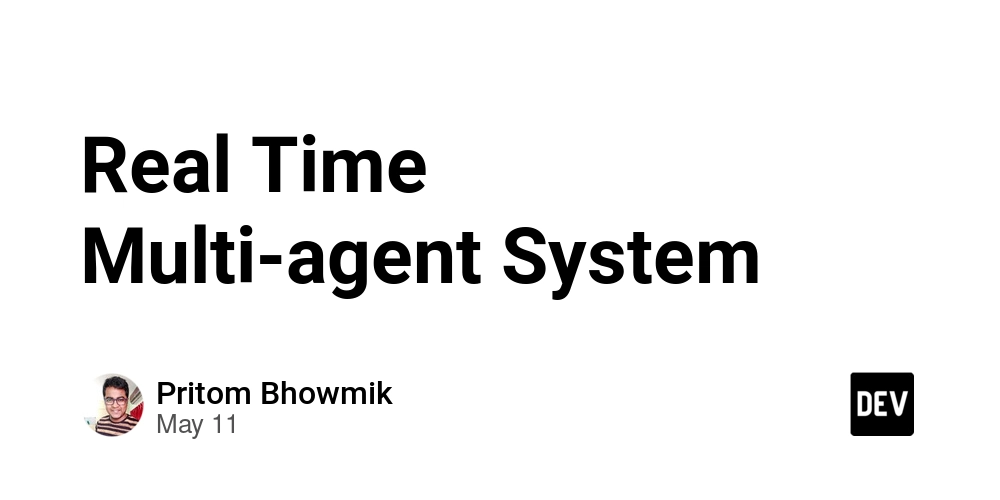How to Use @nowarn in Scala to Suppress Lint Warnings
Introduction to @nowarn in Scala Welcome to the world of Scala! If you’re new to the language, you may have noticed that there are various ways to handle lint warnings, especially with the @nowarn annotation. In this article, we will explore how to effectively use the @nowarn annotation to suppress lint warnings in Scala, addressing common concerns and practical examples to enhance your programming skills. Understanding Lint Warnings Lint warnings are provided by the Scala compiler to alert developers about potential issues in the code that may lead to runtime errors or unsafe practices. While these warnings are designed to help, they can sometimes be overwhelming, especially when you are just starting. The @nowarn annotation is a helpful tool that allows you to disable certain warnings without having to change or refactor your code. Code Example: Suppressing Warnings with @nowarn Let’s take a look at a Scala program where @nowarn is used to suppress specific warnings related to the usage of Function1 and Function2. import scala.annotation.nowarn object FunctionalProgramming extends App { @nowarn private val simpleIncrementer = new Function1[Int, Int] { override def apply(arg: Int): Int = arg + 1 } @nowarn("msg=syntactic sugar could be used") private val stringConcat = new Function2[String, String, String] { override def apply(v1: String, v2: String): String = v1 + v2 } @nowarn def f = { 1; deprecated() } def a = { 1; deprecated() } println(f.hashCode()) println(a.hashCode()) } Explanation of Code Behavior In the code above, @nowarn is placed before variable declarations to suppress warnings related to imperative style coding. Specifically: simpleIncrementer uses Function1, but it could be written more concisely using a lambda expression. stringConcat uses Function2, also subject to the same recommendation for simplification. The method f suppresses warnings about the use of a deprecated method without fine-tuning the warning message. The method a generates a warning for unnecessary expressions that do nothing in statement position. The compiler output shows warnings related to unused expressions, primarily at the line with method a. It’s essential to focus on writing clean and efficient code, but sometimes existing code needs to remain intact for compatibility or other reasons, which is where @nowarn becomes essential. How to Suppress Warnings: To effectively use the @nowarn annotation: Inline Usage: Add @nowarn directly before the specific line or declaration you wish to suppress warnings for, like in the examples above. Custom Messages: You can also specify a warning message to suppress by using @nowarn("msg=your-message-here"). This is helpful when you want to address specific conditions rather than suppress all warnings indiscriminately. Frequently Asked Questions (FAQ) What is @nowarn? @nowarn is an annotation provided by Scala to suppress compiler warnings in your code. It helps maintain readability whilst avoiding unnecessary clutter in the console log. How do I specify which warnings to suppress? You can use @nowarn with a string argument to target particular messages, or just use it alone to suppress all warnings related to the declaration it precedes. Are there alternative ways to handle warnings in Scala? Aside from using @nowarn, consider refactoring your code to follow best practices and avoid anti-patterns that trigger these warnings. Conclusion Using @nowarn effectively can help you manage and suppress irrelevant warnings while still aiming for cleaner code practices in Scala. As you continue to learn and grow in Scala programming, leveraging such annotations can ease the coding experience and let you focus on implementing functionality rather than getting caught up with warnings. Keep experimenting with various use cases to get the most out of Scala’s powerful features! Summary In this article, we covered how to use @nowarn in Scala to suppress lint warnings and discussed its importance in keeping your codebase clean of unnecessary warnings. With practical code snippets, we illustrated how to implement this annotation effectively. Develop a deeper understanding of Scala by mastering how to handle compiler-aided warnings tailored to your needs.

Introduction to @nowarn in Scala
Welcome to the world of Scala! If you’re new to the language, you may have noticed that there are various ways to handle lint warnings, especially with the @nowarn annotation. In this article, we will explore how to effectively use the @nowarn annotation to suppress lint warnings in Scala, addressing common concerns and practical examples to enhance your programming skills.
Understanding Lint Warnings
Lint warnings are provided by the Scala compiler to alert developers about potential issues in the code that may lead to runtime errors or unsafe practices. While these warnings are designed to help, they can sometimes be overwhelming, especially when you are just starting. The @nowarn annotation is a helpful tool that allows you to disable certain warnings without having to change or refactor your code.
Code Example: Suppressing Warnings with @nowarn
Let’s take a look at a Scala program where @nowarn is used to suppress specific warnings related to the usage of Function1 and Function2.
import scala.annotation.nowarn
object FunctionalProgramming extends App {
@nowarn private val simpleIncrementer = new Function1[Int, Int] {
override def apply(arg: Int): Int = arg + 1
}
@nowarn("msg=syntactic sugar could be used")
private val stringConcat = new Function2[String, String, String] {
override def apply(v1: String, v2: String): String = v1 + v2
}
@nowarn def f = { 1; deprecated() }
def a = { 1; deprecated() }
println(f.hashCode())
println(a.hashCode())
}
Explanation of Code Behavior
In the code above, @nowarn is placed before variable declarations to suppress warnings related to imperative style coding. Specifically:
-
simpleIncrementerusesFunction1, but it could be written more concisely using a lambda expression. -
stringConcatusesFunction2, also subject to the same recommendation for simplification. - The method
fsuppresses warnings about the use of a deprecated method without fine-tuning the warning message. - The method
agenerates a warning for unnecessary expressions that do nothing in statement position.
The compiler output shows warnings related to unused expressions, primarily at the line with method a. It’s essential to focus on writing clean and efficient code, but sometimes existing code needs to remain intact for compatibility or other reasons, which is where @nowarn becomes essential.
How to Suppress Warnings:
To effectively use the @nowarn annotation:
-
Inline Usage: Add
@nowarndirectly before the specific line or declaration you wish to suppress warnings for, like in the examples above. -
Custom Messages: You can also specify a warning message to suppress by using
@nowarn("msg=your-message-here"). This is helpful when you want to address specific conditions rather than suppress all warnings indiscriminately.
Frequently Asked Questions (FAQ)
What is @nowarn?
@nowarn is an annotation provided by Scala to suppress compiler warnings in your code. It helps maintain readability whilst avoiding unnecessary clutter in the console log.
How do I specify which warnings to suppress?
You can use @nowarn with a string argument to target particular messages, or just use it alone to suppress all warnings related to the declaration it precedes.
Are there alternative ways to handle warnings in Scala?
Aside from using @nowarn, consider refactoring your code to follow best practices and avoid anti-patterns that trigger these warnings.
Conclusion
Using @nowarn effectively can help you manage and suppress irrelevant warnings while still aiming for cleaner code practices in Scala. As you continue to learn and grow in Scala programming, leveraging such annotations can ease the coding experience and let you focus on implementing functionality rather than getting caught up with warnings. Keep experimenting with various use cases to get the most out of Scala’s powerful features!
Summary
In this article, we covered how to use @nowarn in Scala to suppress lint warnings and discussed its importance in keeping your codebase clean of unnecessary warnings. With practical code snippets, we illustrated how to implement this annotation effectively. Develop a deeper understanding of Scala by mastering how to handle compiler-aided warnings tailored to your needs.












































































